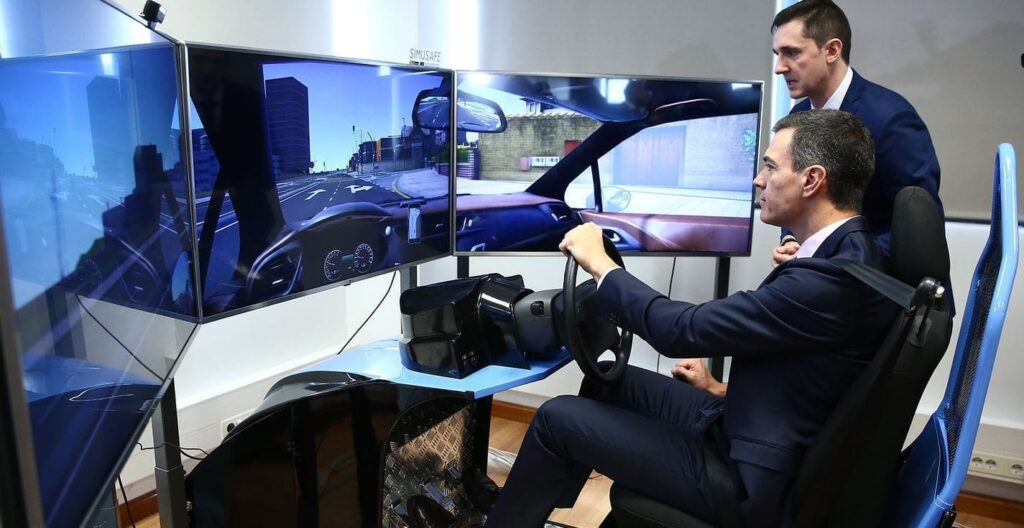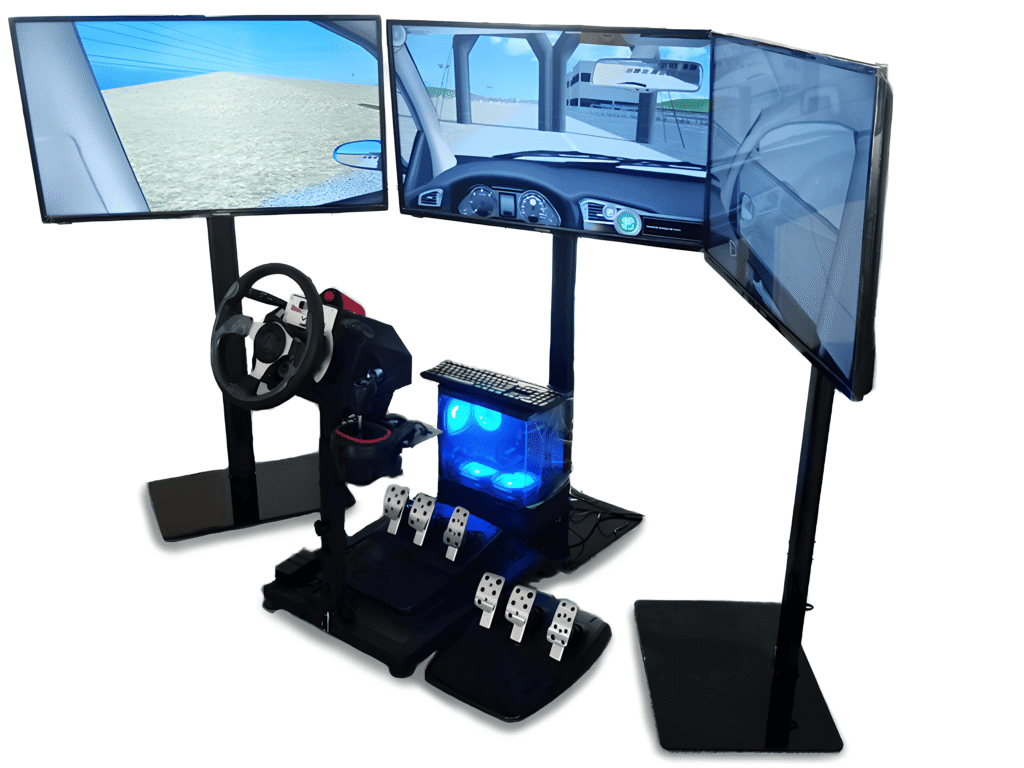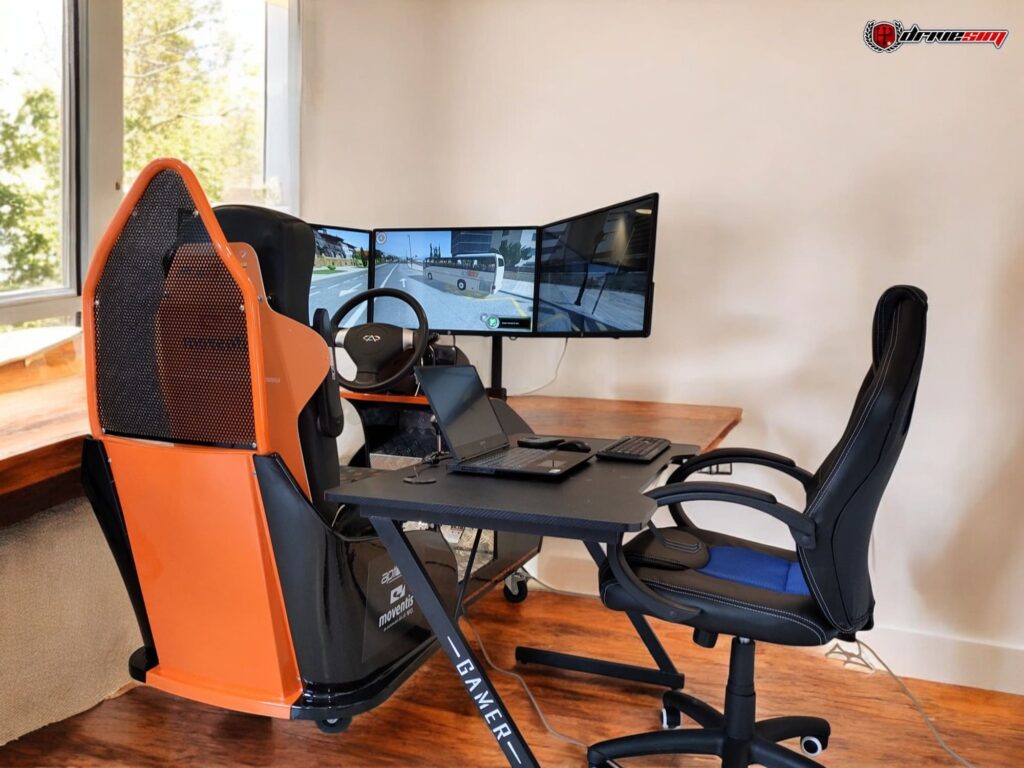Already in 2010, 150 driving simulators were used in the Netherlands for driver training.
Over the last ten years, the driving simulators have been used in Netherlands as a training device for the basic vehicle control. The increase in the number of simulators is a direct consequence of thethe lowering of their costSince the 1960s, although available, their cost was too high.
The study Relationships between driving simulator performance and driving test resultsThe study, prepared by several researchers, showed that the chance of passing the driving test is 5% higher in those novice drivers who have learned to drive with a simulator.
What are the advantages of learning to drive with driving simulators?
The Institute for Road Safety Research in the Netherlands published a press release listing the main advantages and disadvantages of learning to drive with a simulator. For example, Fuller's study Driver training and assessment: implications of the task-difficulty homeostasis model. points out as advantages:
Faster exposure to a wide variety of traffic situations. Scenarios can be recreated, so that they offer many educational possibilities in a short period of time. This makes the training in a simulator more intensive since during practice in the real vehicle, some situations do not occur with a certain frequency. For example: dense traffic, adverse weather conditions, etc.
Improves feedback possibilities. Learning without feedback is impossible. Driving simulators offer the possibility of giving visual feedback while the learner is learning. For example, if the learner is swerving, the instructor can easily show this by drawing a straight line on the screen. In addition, the simulators can later show the learner a recording of what he or she has done and then study it from another perspective.
Unlimited repetition of educational moments. Let's think, for example, that a teacher wants to practice with a student how to merge into traffic on a busy highway. It is difficult to find this situation in real traffic, so the simulator will allow him to repeat it over and over again until he gets the hang of it.
Evaluation of objectives. In a driving simulator, a learner's performance can be measured very accurately and objectively. For example, in the case of DriveSim, the program records errors and displays them later in the learner's session.
Demonstration of maneuvers. During a practical lesson, the instructor tells the student how to act but rarely can he get out of the car to show how a certain maneuver should be performed. The simulator offers a different perspective, being able to demonstrate the maneuvers first.
Practice in a safe environment. Very few students have been able to practice driving in, for example, dense fog. A simulator provides a safe practice environment to practice driving in dangerous situations.
Disadvantages?
The Institute for Road Safety Research in the Netherlands also considers some disadvantages of using the simulator such as its cost (although nowadays it is much less expensive) or the fact that the imitation of real driving is far from perfect.
That is why a simulator should never replace practical classes. However, it will be very useful for the basic lessons. In driving schools in the Netherlands, students learn to drive by following lessons through a simulator, such as vehicle control or behavior at intersections and on highways. The lessons are divided into modules that conclude with a test. It is the simulator itself that indicates faults to the learner, so feedback can be given without the driving instructor being present at all times.
*In the picture, students at Autoescuela 2000 in Madrid learn to drive with the Drive Seat driving simulator.



